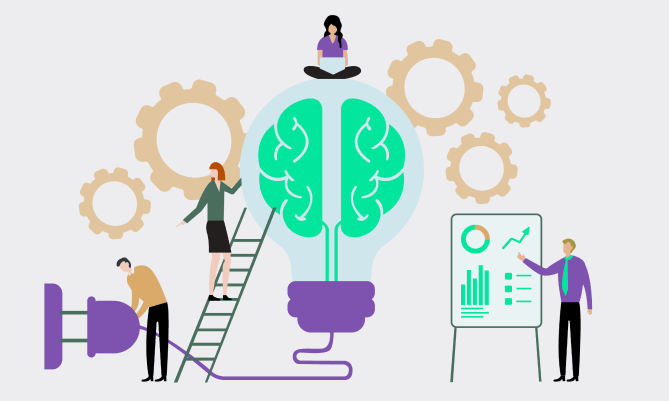But how can your company choose the correct tool from the wide variety of options that the market offers? Even more important, how can you get everyone on board with the change? “I’ve been working this way for twenty years, why would I change it now?” It's pretty common to hear that phrase from the team members, isn't it?
Understanding how to integrate smart technology into maintenance and operation workflows can help workers who are resistant to change become more open to using those tools in managing and completing their jobs or tasks. The key is keeping in mind that the software has to adapt to the process and not the process to the software. To achieve this objective, it is crucial to have the team trained in the new functionalities that the software provides and help them understand how it will be improving their daily activities.
The importance of employee training to an organization should never be underestimated. Training is not an unnecessary expense but a great investment as it will reduce tasks that add no value for the employee, which translates into a cost reduction for the company in the medium and long term.
The prime motivator for employee training is to improve productivity and performance. Frequent training will provide the employees with the expertise they need to fulfil their role and make a positive impact on your business. The skills they learn empower them to deliver a better quality of work with a fast turnaround rate. New tools will connect the physical with the digital, and allow a better collaboration and access across departments, partners, vendors, product, and people.
For optimal operation of the industry, it is crucial to have excellent coordination and communication of different work teams, such as maintenance and production. Training both areas creates team cohesion, which achieves a common mindset and a shared vocabulary. Everyone should know how to understand the information that the software is providing, and care not only about how their own area is working, but also how their work is impacting the rest of the company.


As with learning in general, the advantages of training your team are challenging to enumerate. There are, however, several clear benefits.
In the era of Industry 4.0 companies are compelled to transform to a digital mindset, thus allowing for greater efficiency and cost savings. Going smart enables workers to focus on more productive tasks, to their own benefit as well as the company’s.
The more involved your team is early in the process, the easier is to get them all on the same page. To achieve this goal, you must help the staff to feel confident and guide them in the best practices using the new technology.